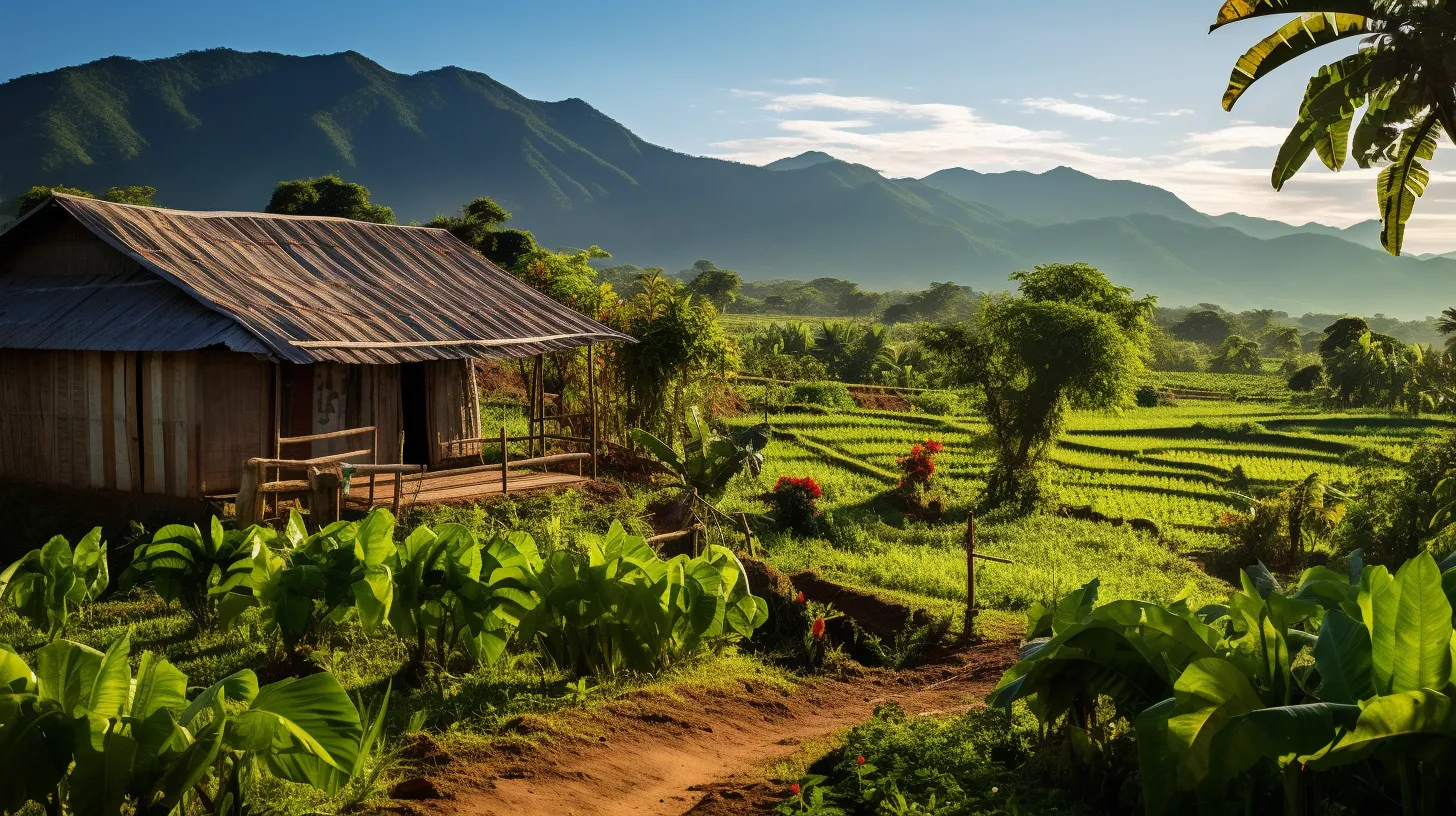
Experience the awe-inspiring beauty of Haiti’s vibrant birdwatching paradises in this captivating article.
From Wynne Farm’s ecological reserve to the protected haven of Parc National la Visite, these destinations offer an unparalleled opportunity to witness over 74 species of birds in their natural habitats.
Discover the significance of birdwatching as a conservation tool in Haiti, where valuing and protecting these avian treasures sends a powerful message about the importance of environmental preservation.
Embark on a journey of exploration, immersing yourself in the wonders of Haiti’s diverse birdlife.
- Wynne Farm is an ecological reserve in Kenscoff that offers bird-watching activities, yoga, and camping, providing a perfect opportunity to explore Haiti’s biodiversity.
- Parc National la Visite is a protected area near Kenscoff that is ideal for hiking and observing Haiti’s green life, with over 74 species of birds, making it a top destination for birdwatching.
- Macaya National Park, located in the Massif de la Hotte, is a global biodiversity hotspot that is home to endangered and endemic species of plants, birds, and wildlife, making it a significant site for birdwatching.
- Forêt des Pins in the south-east department is a top hiking spot that offers access to a wide range of forest-dwelling birds while also contributing to Haiti’s efforts to conserve green spaces.

What makes Wynne Farm in Kenscoff a natural haven for birdwatching?
Wynne Farm, founded in 1956 by Victor Ainsley Wynne, is an ecological reserve dedicated to conserving Haiti’s biodiversity. Nestled at an altitude of 6000 feet, this farm offers breathtaking views and dense forests that attract a wide variety of bird species.
Birdwatching enthusiasts can indulge in activities like guided bird walks, where they can spot unique species such as the Hispaniolan Trogon and the Antillean Mango. The farm also hosts yoga sessions and provides camping facilities, allowing visitors to immerse themselves in nature.
Birdwatching at Wynne Farm not only provides a sense of freedom and connection with the natural world but also contributes to the conservation of Haiti’s avian species and their habitats.

Located near Kenscoff, Parc National La Visite is a birdwatcher’s paradise, boasting over 74 species of birds, including the rare La Selle Thrush and Red-legged Thrush.
This stunning national park offers not only a haven for bird enthusiasts but also brings numerous benefits to the local communities and presents exciting ecotourism opportunities.
Economic Boost: Birdwatching attracts tourists from all over the world, contributing to the local economy through increased visitor spending on accommodations, dining, and transportation.
Conservation Efforts: The presence of birdwatching activities in Parc National La Visite helps raise awareness about the importance of preserving natural habitats and protecting bird species, leading to enhanced conservation efforts.
Community Involvement: Local communities can participate in ecotourism initiatives, providing guiding services, selling locally crafted souvenirs, and promoting sustainable practices.
Education and Research: Birdwatching in Parc National La Visite offers educational opportunities for locals and visitors, fostering an understanding of the importance of biodiversity and inspiring scientific research.

Macaya National Park, a biodiverse hotspot in Haiti, is home to an astonishing 220 species of birds, including the Antillean Mango and Hispaniolan Trogon. This protected natural space, established in 1983, is located in the Massif de la Hotte in the South Department.
Described as a global biodiversity hotspot, Macaya National Park is not only a haven for birdwatchers but also for endangered and endemic species of plants, birds, and wildlife. Exploring Macaya National Park’s unique wildlife offers a captivating experience for nature enthusiasts.
The ecological significance of Macaya National Park cannot be overstated. It plays a crucial role in conserving Haiti’s natural heritage and supporting the country’s efforts in preserving its green spaces. By valuing and protecting the species found within the park, we can ensure their survival and contribute to the overall conservation of biodiversity in Haiti.

Birdwatchers frequently visit Forêt Des Pins to explore Haiti’s forest-dwelling birds, as this site offers a unique opportunity to discover the vibrant avian species of the region. Here are four reasons why Forêt Des Pins is a must-visit destination for birdwatching enthusiasts:
Diverse Bird Species: Forêt Des Pins is home to a wide range of forest-dwelling birds, including the Hispaniolan Parrot, the Palmchat, and the Hispaniolan Woodpecker. Birdwatchers can witness the beauty and diversity of Haiti’s avian population in this picturesque setting.
Birdwatching Techniques: Visitors to Forêt Des Pins can utilize various birdwatching techniques, such as using binoculars and field guides, to enhance their birdwatching experience. Observing the birds’ behavior and listening to their distinct calls can provide valuable insights into their habitat and ecology.
Best Time for Birdwatching: The best time for birdwatching in Forêt Des Pins is during the early morning or late afternoon when birds are most active. The cool temperatures and calm surroundings make it easier to spot and observe different species.
Conservation Efforts: By visiting Forêt Des Pins and engaging in birdwatching activities, individuals contribute to the conservation of Haiti’s forest-dwelling birds. This helps raise awareness about the importance of protecting these species and their habitats.
Forêt Des Pins is not only a haven for birdwatchers but also a symbol of Haiti’s commitment to preserving its natural heritage.
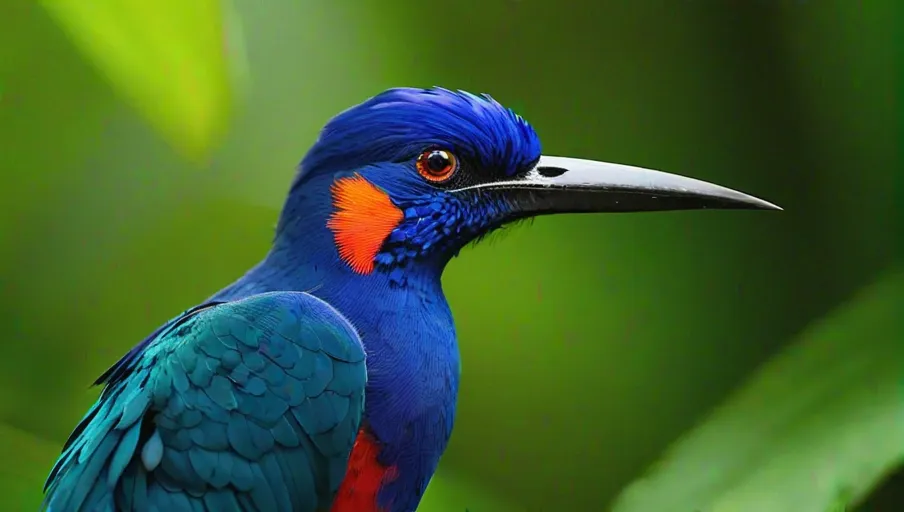
Haiti’s vibrant bird species offer a rich diversity to explore, providing ornithologists and conservationists with valuable insights into the region’s avian ecology.
With over 300 bird species, including 28 endemics, Haiti is a prime destination for birdwatching enthusiasts.
The country boasts 10 Important Bird and Biodiversity Areas recognized by Birdlife International, indicating the significance of its bird species diversity.
Birdwatching in Haiti plays a crucial role in conservation efforts. By observing and documenting these species, researchers can better understand their habitats and behavior, leading to more effective conservation strategies.
Additionally, birdwatching sends a message that these species are valued and deserve protection, contributing to Haiti’s ongoing efforts in conserving green spaces and biodiversity.
To fully experience Haiti’s vibrant birdlife, birdwatchers can visit sites such as Wynne Farm, Parc National la Visite, Macaya National Park, and Forêt des Pins.
These locations offer opportunities to observe a wide range of bird species in their natural habitats, while also enjoying the stunning landscapes of Haiti.
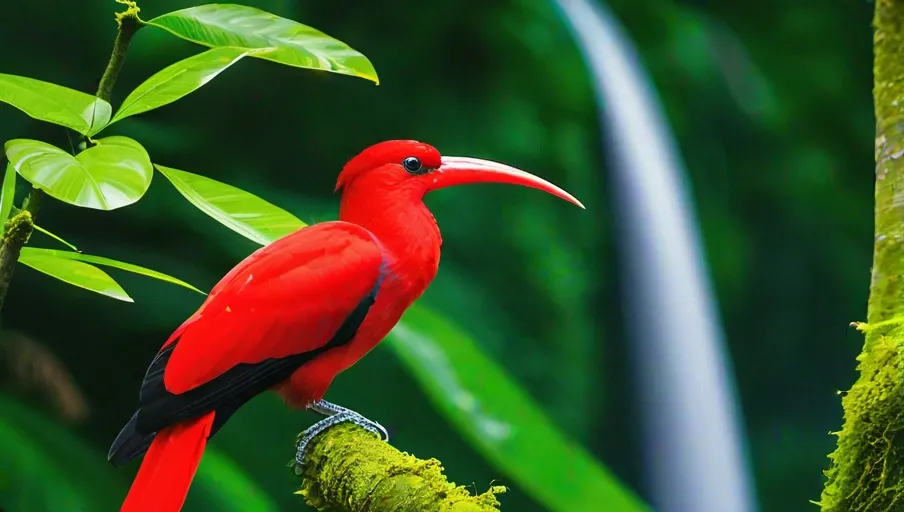
The diversity of rare species in Haiti can be observed in the country’s Important Bird and Biodiversity Areas (IBAs).
These areas are not only a haven for birdwatching tourism in Haiti but also crucial for the conservation of the country’s unique bird species.
Here are four IBAs in Haiti where rare bird species can be spotted:
La Visite National Park: This protected area near Kenscoff is home to over 74 species of birds, including the rare La Selle Thrush and Red-legged Thrush.
Macaya National Park: Located in the Massif de la Hotte, this global biodiversity hotspot houses 220 bird species, including the endangered Antillean Mango and Hispaniolan Trogon.
Wynne Farm: Founded in 1956, this ecological reserve offers birdwatching activities at an altitude of 6000 ft, making it a prime location for spotting rare forest-dwelling birds.
Forêt des Pins: Stretching between Haiti and the Dominican Republic, this protected area provides access to a wide range of bird species and offers a unique view of both countries’ landscapes.
Birdwatching tourism in Haiti not only allows visitors to appreciate the beauty of these rare bird species but also supports the country’s ongoing efforts in conserving its important bird habitats.
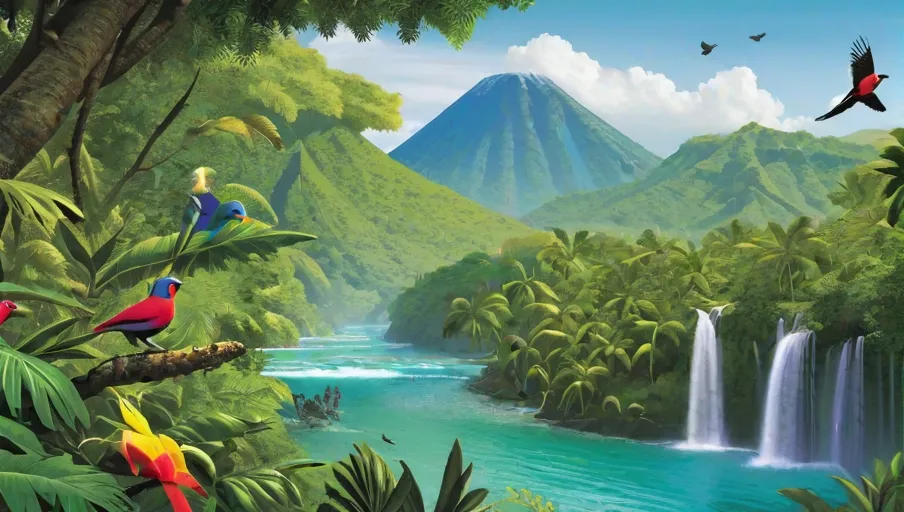
As bird populations continue to decline in Haiti, utilizing birdwatching as a conservation tool can provide valuable insights into the status and distribution of species, ultimately aiding in the protection of their habitats.
Birdwatching in Haiti is not only relevant for conservation efforts, but it also has the potential to have a positive economic impact on the country.
By promoting birdwatching tourism, Haiti can attract visitors who are interested in observing its rich avian biodiversity. This can lead to the development of ecotourism infrastructure, such as birdwatching guides, accommodations, and transportation services.
Additionally, birdwatching can generate revenue through entrance fees to protected areas and the sale of birdwatching equipment and merchandise. Therefore, investing in birdwatching as a conservation tool can not only benefit Haiti’s natural heritage but also contribute to its economic growth.
| Relevance of Birdwatching for Conservation Efforts | Exploring the Economic Impact of Birdwatching in Haiti |
|---|---|
| Birdwatching provides valuable insights into the status and distribution of bird species in Haiti, aiding in their protection. | Promoting birdwatching tourism can lead to the development of infrastructure and generate revenue for the country. |
| Bird populations in Haiti are declining, making it crucial to monitor and conserve their habitats. | Birdwatching can attract visitors interested in observing Haiti’s avian biodiversity. |
| Birdwatching contributes to the conservation of green spaces and biodiversity in Haiti. | Revenue can be generated through entrance fees, the sale of equipment, and the development of birdwatching-related services. |
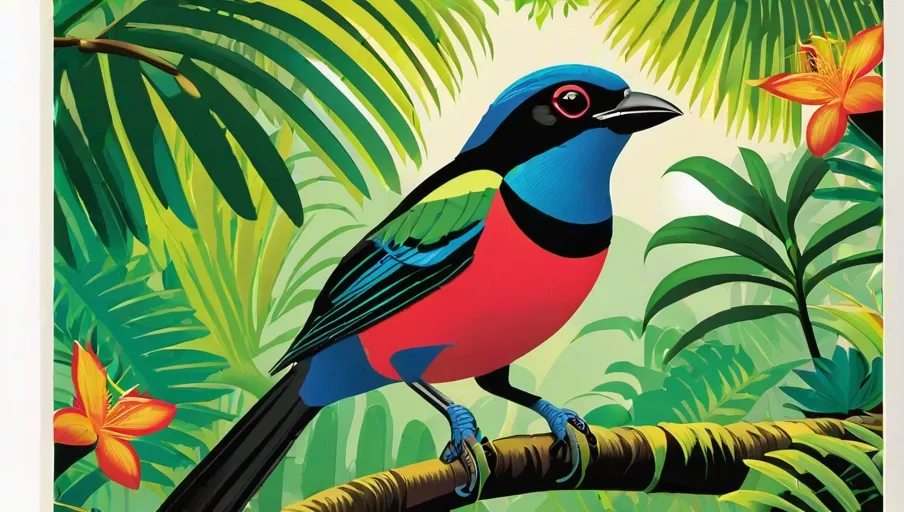
A total of 300 bird species, including 28 endemic to Haiti, highlight the importance of valuing and protecting the avian treasures found within the country. Birdwatching tourism has the potential to significantly impact Haiti’s economy, attracting nature enthusiasts from around the world.
Here are four key points to consider:
Economic Boost: Birdwatching tourism can generate revenue through visitor spending on accommodations, transportation, and local services. This can contribute to the growth of local businesses and employment opportunities, ultimately benefiting the economy.
Conservation Partnerships: Local communities play a crucial role in bird conservation efforts. Engaging them in sustainable tourism practices can foster a sense of ownership and responsibility towards protecting the habitats and species. This collaboration can lead to the development of community-led initiatives that ensure long-term conservation success.
Educational Opportunities: Birdwatching offers educational experiences that promote environmental awareness and appreciation for Haiti’s natural heritage. By educating visitors and local communities about the importance of bird conservation, we can inspire a sense of stewardship for the avian treasures.
Sustainable Development: Integrating birdwatching tourism with sustainable development practices ensures that economic growth aligns with environmental preservation. It is essential to strike a balance between promoting tourism and safeguarding the habitats and species that make Haiti a birdwatching paradise.

Unveiling the vibrant birdwatching paradises of Haiti, bird enthusiasts can explore Wynne Farm, Parc National la Visite, Macaya National Park, and Forêt des Pins, all offering diverse and unique opportunities to observe the country’s rich avian biodiversity.
These hidden gems are not only a delight for birdwatchers but also have a significant impact on Haiti’s tourism industry. Birdwatching in Haiti has the potential to attract visitors from around the world, contributing to the country’s economy and promoting sustainable tourism.
The lush forests, protected areas, and endemic bird species make Haiti a prime destination for birdwatching enthusiasts. By valuing and protecting these avian treasures, Haiti showcases its commitment to conservation and environmental sustainability.
As more people discover the beauty of Haiti’s birdwatching sites, the country’s tourism industry stands to benefit, while also fostering a deeper appreciation for the importance of protecting these delicate ecosystems.

